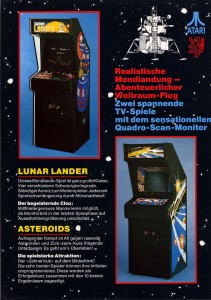Microsoft Introduces BASIC for 8086
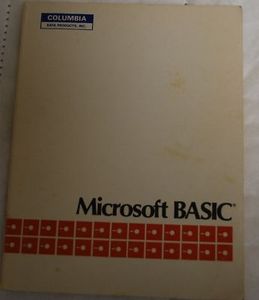 June 18, 1979
June 18, 1979
In use at the time by over 200,000 computers with the Z80 and 8080 processors, Microsoft BASIC is introduced for the 8086 16-bit microprocessor. By being one of the first to offer a version of the BASIC programming language for a 16-bit processor and making it compatible with their 8-bit versions of BASIC, Microsoft helped move forward 16-bit computing. But perhaps more importantly, by developing for the 8086 processor, they soon formed a relationship with Seattle Computer Products, one of the first companies building computers with an 8086 processor.
As fate would have it, in 1980 Seattle Computer Products was forced to develop an operating system for their computers because a version of the very popular CP/M operating system was delayed for the 8086. It was this 8086 operating system, which SCP called QDOS (for Quick and Dirty Operating System), that Microsoft soon bought the rights for and licensed to IBM for their new PC. And Microsoft thus began their transformation from a simple software development company in the early history of personal computing to one of the most dominant technology companies in history.
DES Cracked
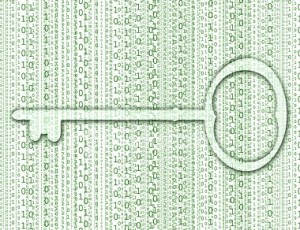 June 17, 1997
June 17, 1997
A group of users organized over the Internet cracked the Data Encryption Standard — the strongest legally exportable encryption software in the United States to that point — after only five months of work. The United States at the time banned the export of stronger encryption software out of fear that it would be used by terrorists, but companies designing the software claimed such restrictions were worthless because foreign countries offer much stronger programs. The US eventually relaxed certain restrictions but to this day still claims to exert authority over encryption technologies under the commerce clause.
First Two Video Games Copyrighted
Atari’s Asteroids and Lunar Lander become the first two video games to be registered with the US Copyright Office. This was an important step in the evolution of intellectual property rights for the emerging video game industry.
On a side note, I could only find one image that had both games – can anyone translate the German?
Ford Motor Company Incorporated
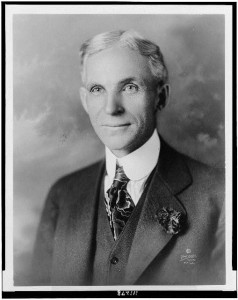 June 16, 1903
June 16, 1903
Henry Ford incorporates the Ford Motor Company with ten investors and $28,000. Ford will begin building automobiles on Mack Avenue in Detroit in a converted factory that previously produced wagons. This was Ford’s 3rd attempt at building a company that produced cars and the investment was down to $300 before the first Ford was sold. Eventually the Ford Model T would be largely responsible for popularizing the automobile to the general public, at one point representing half of all cars on the road.
Gates Announces Transition from Microsoft
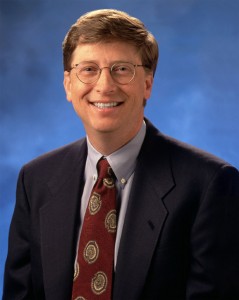 June 15, 2006
June 15, 2006
Bill Gates, chairman of Microsoft (Steve Ballmer was CEO at this point) announces that he will transition out of his day-to-day role at Microsoft by July 2008 in order to dedicate more time to the Bill and Melinda Gates Foundation.
IBM is Incorporated as CTR
 June 15, 1911
June 15, 1911
The Computing – Tabulating – Recording Co. (C-T-R), a consolidation of the Computing Scale Co. of America, The Tabulating Machine Co., and The International Time Recording Co. is incorporated in New York. In 1924, C-T-R adopted the name International Business Machines, better known as IBM.
Charles Babbage Unveils Difference Engine
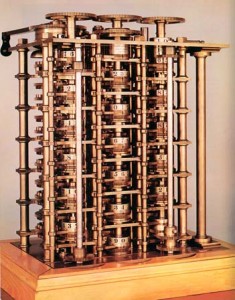 June 14, 1822
June 14, 1822
In a paper to the Royal Astronomical Society, Charles Babbage unveils his design for a machine he called the Difference Engine, the first example of a mechanical computing machine. The British government funded the building of a Difference Engine, which Babbage never actually completed. However, Babbage’s design for the Difference Engine and his later Analytical Engine spurred future designs of working mechanical computers. In 1991 a working Difference Engine was constructed using Babbage’s plans, proving that his designs would have worked.
First Man-Made Object to Leave Solar System
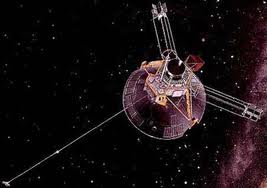 June 13, 1983
June 13, 1983
The NASA space probe Pioneer 10 crosses the orbit of Neptune, becoming the first man-made object to leave the Solar System. It was launched on March 2, 1972 toward the red star Aldebaran, which forms the eye of the constellation Taurus. The last contact with Pioneer 10 was on January 23, 2003.
Launch of Venera 4
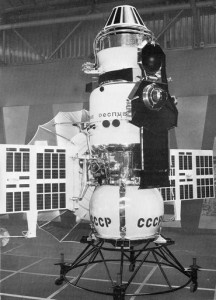
June 12, 1967
The Soviet probe Venera 4 is successfully launched. On October 18, 1967, it will enter Venus’ atmosphere where it will become the first space probe to successfully return atmospheric data from another planet.
Speak & Spell
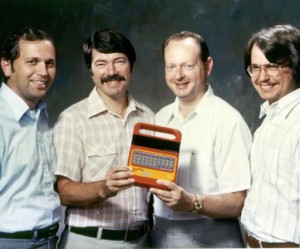 June 11, 1978
June 11, 1978
Texas Instruments Inc. introduces the Speak & Spell, a talking educational toy for children. The device features the first electronic duplication of the human voice on a single chip of silicon. It transformed digital information processed through a filter into synthetic speech and could store more than 100 seconds of linguistic sounds.

